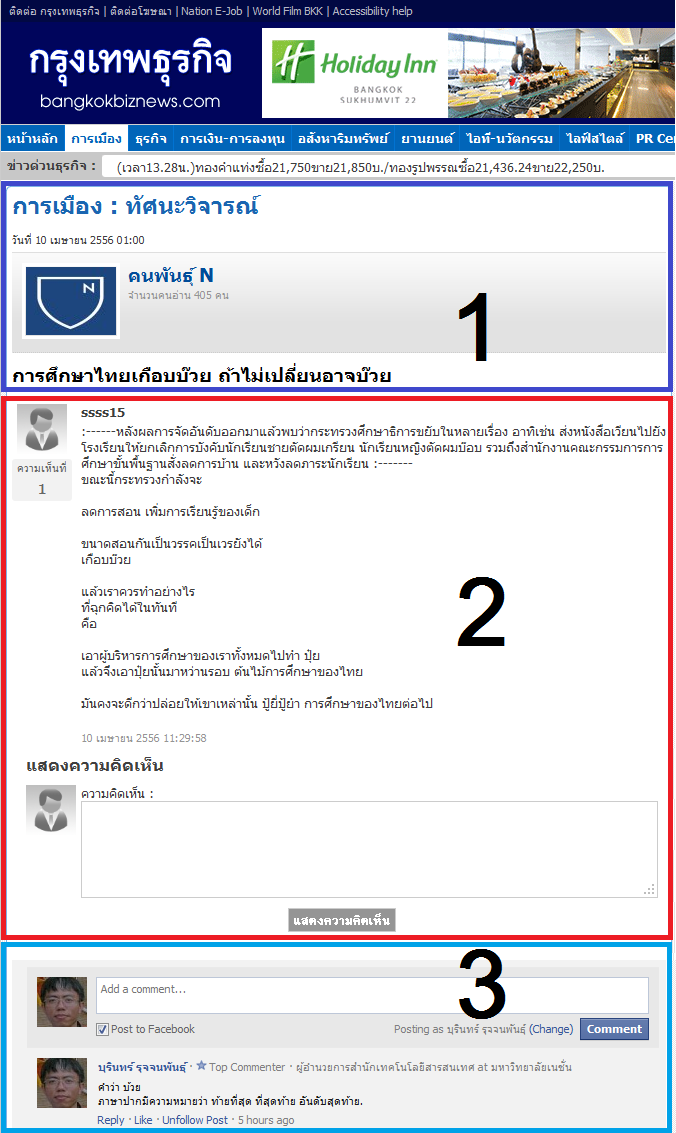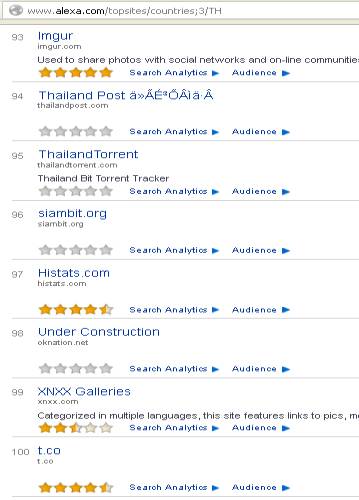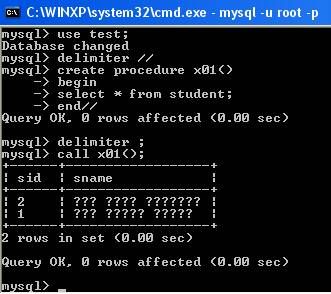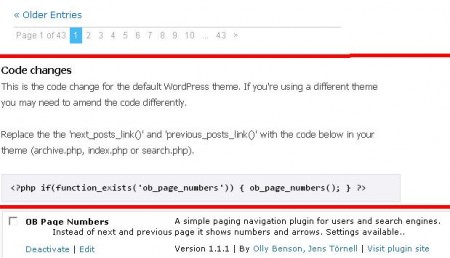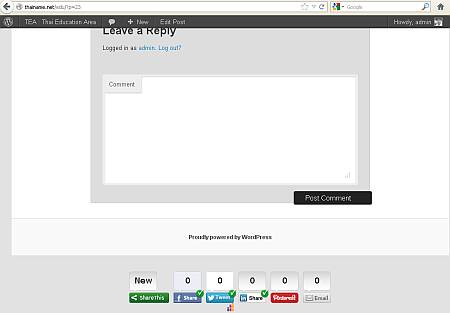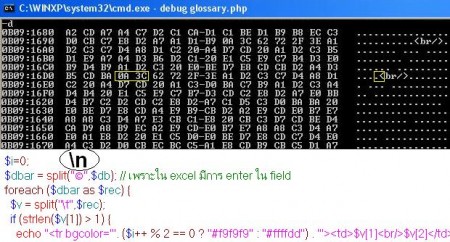 apache directory studio : ldap server & client
apache directory studio : ldap server & client
http://directory.apache.org/studio/
ได้รับโอกาสจากคุณหนึ่งให้หาวิธีการตรวจสอบรหัสผ่านกับ ldap server ด้วย php
ซึ่งรหัสผ่านในเครื่องบริการถูกเข้ารหัสแบบ {SHA} ซึ่งเป็นการเข้ารหัสทางเดียว แบบคงที่
การตรวจสอบทำโดยเข้ารหัสผ่านของเรา แล้วส่งไปเปรียบเทียบรหัสที่ถูกเข้ารหัสไว้ว่าตรงกันหรือไม่
หากใน shell ของ linux สามารถใช้ # slappasswd -h {SHA} -s mypassword
สร้างรหัสผ่านที่ได้รับการเข้ารหัส
แต่ถ้าเป็น PHP ต้องใช้ $e = base64_encode( pack( “H*”, sha1(“mypassword”)));
ตัวอย่าง code นี้เข้าไป scan ใน directory ต่าง ๆ เพราะไม่ทราบว่า user นี้อยู่ในกลุ่มใด
// verify user & password in ldap server
$ldap = ldap_connect(“127.0.0.1”,389);
$b = ldap_bind($ldap,”uid=sombat”,”loveyou”) or die(“bind died”);
//
$arr = array(
“ou=LAMPANG,ou=STAFF,ou=TEAM_A”,
“ou=LAMPANG,ou=MANAGER,ou=TEAM_A”,
“ou=BANGKOK,ou=STAFF,ou=TEAM_A”,
“ou=BANGKOK,ou=MANAGER,ou=TEAM_A”,
“ou=LAMPANG,ou=STAFF,ou=TEAM_B”,
“ou=LAMPANG,ou=MANAGER,ou=TEAM_B”,
“ou=BANGKOK,ou=STAFF,ou=TEAM_B”,
“ou=BANGKOK,ou=MANAGER,ou=TEAM_B”);
foreach ($arr as $key => $value) {
$dn = ‘uid=’. $_REQUEST[“uid”] .’,’.$value.’,dc=abc,dc=com’;
$result = ldap_search($ldap, $dn,”(uid=*)”,array(“uid”,”userpassword”));
$rec = ldap_get_entries($ldap,$result);
$encoded = “{SHA}” . base64_encode( pack( “H*”, sha1($_REQUEST[“pass”]) ) );
if (isset($rec[0][“userpassword”][0]) && $rec[0][“userpassword”][0] == $encoded) {
echo “<meta http-equiv=’refresh’ content=’0;url=http://www.abc.com/pass.php’ />“;
exit;
}
}
ldap_unbind($ldap);
header(“location: http://www.abc.com/login.php“);

